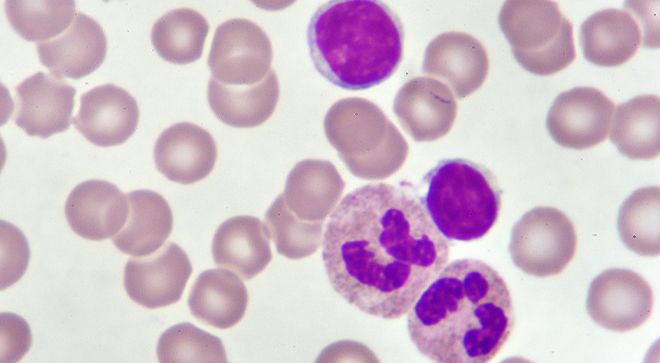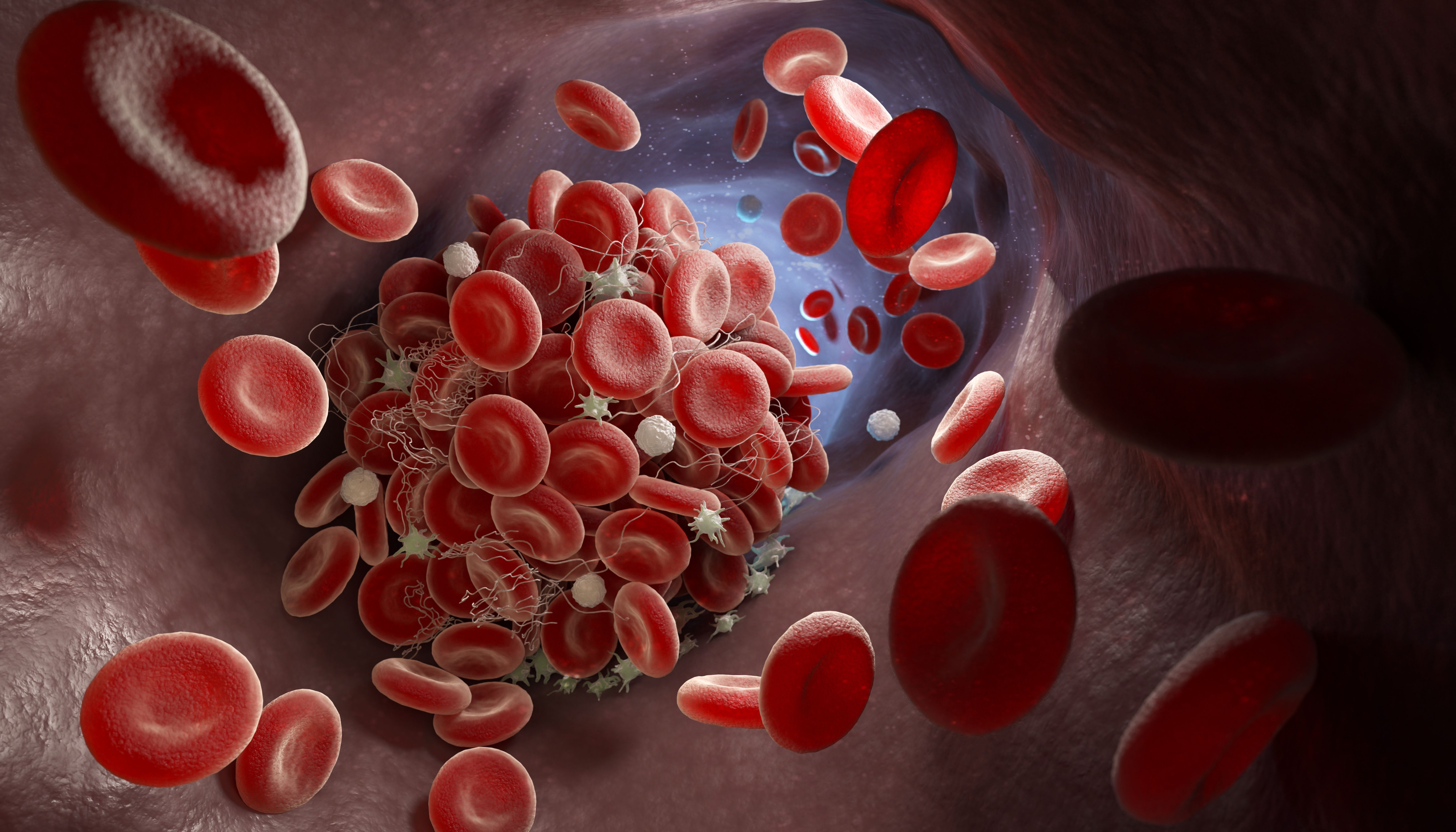Article
When and How CLL, SLL Should Be Treated
Author(s):
New treatment options are outperforming the “old-fashioned” chemotherapy regimens for patients with CLL and SLL, according to Dr. Locke J. Bryan.
Treatments for chronic lymphocytic leukemia (CLL) and small lymphocytic leukemia (SLL) have drastically improved in recent years, although patients may not need immediate treatment directly after being diagnosed.
Then, once it is decided that a patient will undergo treatment, deciding on the timing and regimen is pivotal.
When to Treat CLL/SLL
To determine if treatment is needed, patients should talk with their providers about symptoms they are experiencing, swollen lymph nodes, and blood cell counts, according to Dr. Locke J. Bryan, associate professor of medicine at the Medical College of Georgia and the hematology/oncology fellowship program director at the Georgia Cancer Center at Augusta University.
Bryan discussed CLL and SLL at the CURE® Educated Patient Leukemia & Lymphoma Summit.
One symptom of CLL and SLL is swollen lymph nodes; the location of the swelling could play a role in whether or not the disease is treated.

“It’s about location … a big node may not be causing any problems, but a smaller node pushing on an organ may cause some problems. Then, yes, the patient may need some treatment,” Bryan said. “And then as those (white blood cell) counts start to drop, that may be another reason.”
Deciding on a Treatment Regimen
For patients being treated for CLL/SLL there are now more drug choices than ever before.
In 2014 alone, there were four Food and Drug Administration (FDA) approvals in the CLL/SLL space. Two targeted therapies for relapsed/treatment resistant CLL: Imbruvica (ibrutinib) and Zydelig (idelalisib), as well as two immunotherapy agents for newly diagnosed CLL: Gazyva (obinutuzumab) and Kesimpta (ofatumumab).
“That’s quite amazing to have four drugs in one year for a specific cancer,” Bryan said.
Since then, there have been three more approvals in the space: Venclexta (venetoclax), which was approved in 2016; Copiktra (duvelisib), which was approved in 2018; and Calquence (acalabrutinib), which was approved in 2019.
These options have improved outcomes over traditional upfront chemotherapy that was used to treat CLL and SLL years ago.
“Sometimes the best question is not what should we do, but maybe it’s what should we not do,” Bryan said. “And the consensus is that you probably should be get chemotherapy – and that means the older fashion chemotherapy.”
Patients may get one class of drugs for initial treatment, and then switch to another type of agent, or may get a combination, depending on factors like disease pathways and side effects.
Additionally, Bryan emphasized that patients should also talk to their clinicians about the possibility of enrolling in a clinical trial. There are currently 46 open in the United States for patients with CLL/SLL.
Read more: Clinical Trials are Fueling Medical Breakthroughs in Cancer.
“I think every patient deserves a clinical trial option,” Bryan said.
For more news on cancer updates, research and education, don’t forget to subscribe to CURE®’s newsletters here.





